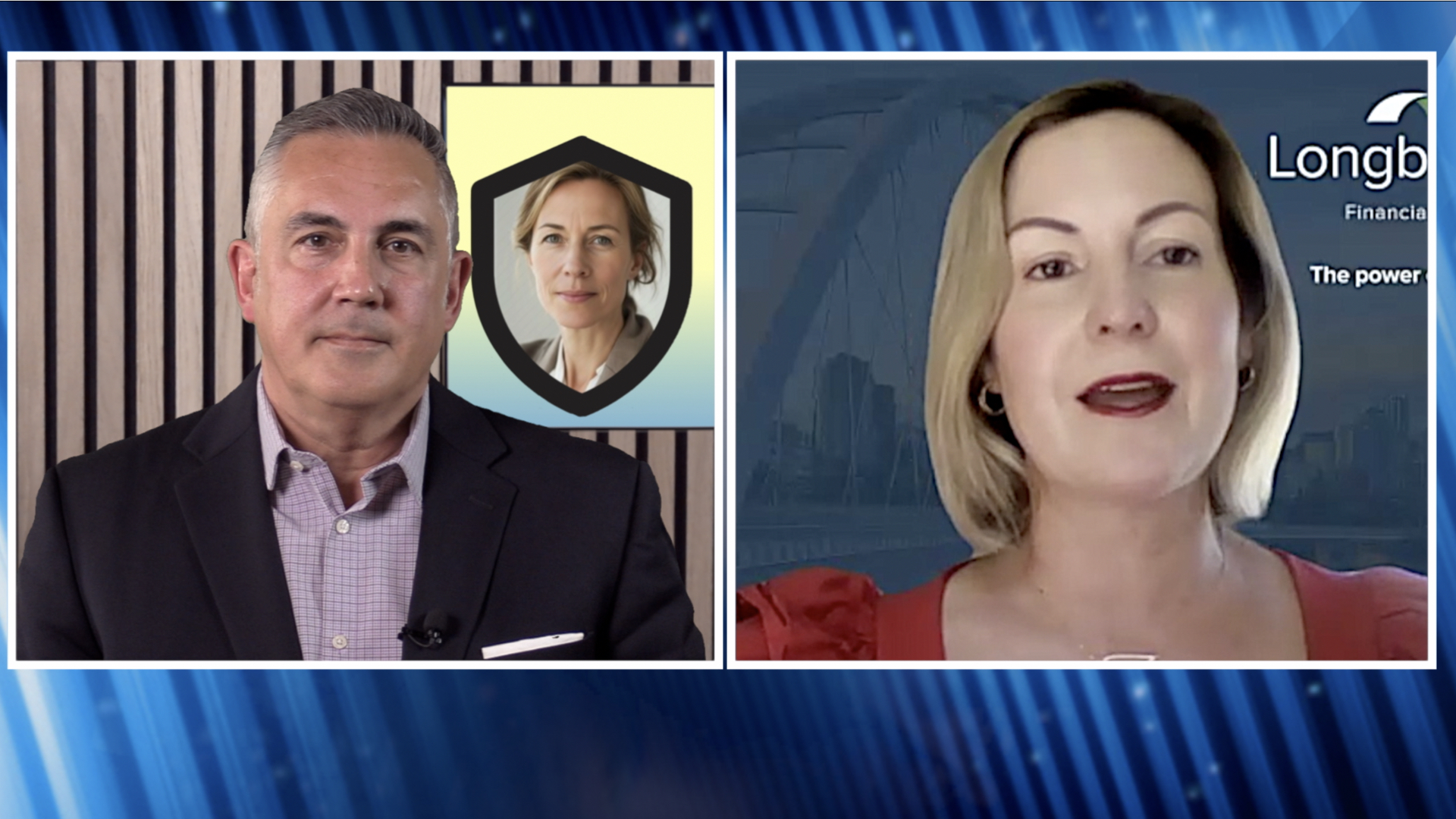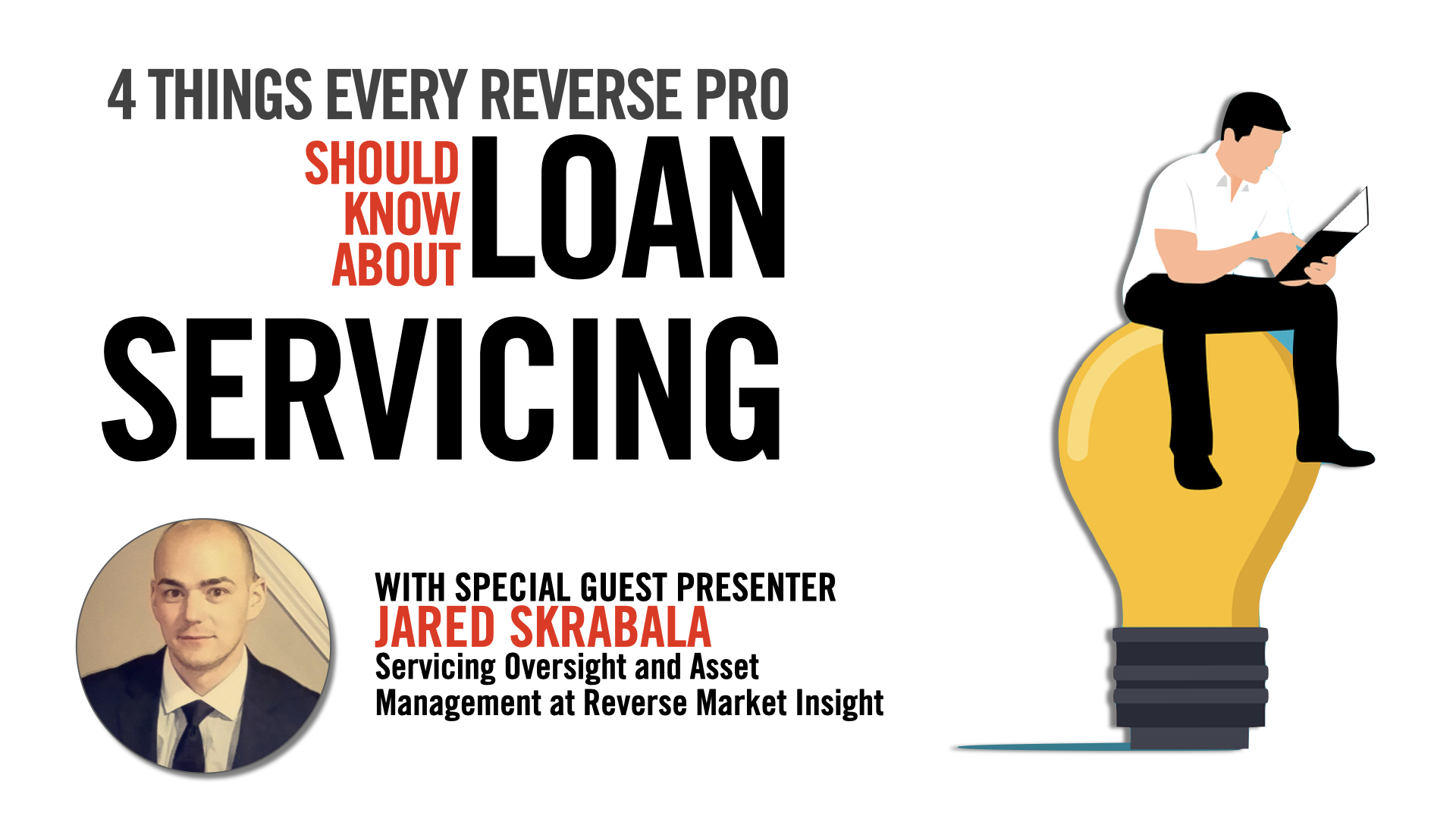Industry expert, author, and founder of Understanding Reverse contributed a column to Housing Wire’s Reverse Mortgage Daily that reveals two often overlooked facts about the HECM’s expected rate used to determine the federally insured reverse mortgage’s principal limit.
Continue reading3 Ways HECM Pros Can Leverage Chat GPT
Here are three practical ways reverse pros can put ChatGPT to use to grow their business.
Continue readingSurging Foreclosures & HECMs
What do surging foreclosures mean for future HECM applicants?
Unemployment, foreclosures, and interest rates ultimately impact reverse mortgage lending. The point of today’s episode is not to dwell on the negative but to take an honest hard look at economic factors that can no longer be ignored amid a housing market and economy that frankly feel surreal. Presently, home prices remain frozen near their record highs despite mortgage rates doubling in two short years with a few notable exceptions. Also, the U.S. GPD continues to show robust economic output despite our national debt reaching unsustainable levels. What gives and what are the potential impacts on reverse mortgage lending?
A frozen housing market & foreclosures
First, let’s examine the housing market. Home sales have plummeted to record lows- what many refer to as a frozen housing market. The primary culprits are low inventory, high mortgage rates, and stubbornly high home prices that have pushed most would-be homebuyers to the sidelines.
However, the housing market could thaw quickly should foreclosures continue to surge. Redfin reports foreclosures have steadily risen as interest rates increased. And a new report from ATTOM reveals an 8% increase in foreclosure filings. In addition, REO numbers in several states have reached levels seen since the Great Financial Crisis and Housing Crash of 2008. The annual increase in foreclosure filings in February jumped 51% in South Carolina, 50% in Missouri, 46% in Pennsylvania, and 7% in Texas. Despite this surge in foreclosures, 28 states saw a reduction in foreclosure activity. That would indicate the regional impact of employment or underemployment.
With that in mind let’s look at the highest foreclosure rates for larger cities with a population over 200,000 residents. In February there were 1,367 foreclosure starts in New York City, 998 in Houston, 808 in Los Angeles, 792 in Chicago, and 777 in Miami. Keep in mind the long-term ripple effect that continues from the expiration of foreclosure moratoriums and evictions.
The annual uptick in U.S. foreclosure activity hints at shifting dynamics within the housing market,” said Rob Barber, CEO at ATTOM, in a press release about the report. “These trends could signify evolving financial landscapes for homeowners, prompting adjustments in market strategies and lending practices”…which really doesn’t tell us anything. Underlying those shifting dynamics are the unemployment rate, interest rates, and economic conditions. More importantly, increased foreclosures whether locally or nationwide increase inventory and push down home values. This would impact potential reverse mortgage borrowers in affected areas.
Unemployment and the national debt
Bloomberg Economics ran a million forecast simulations on the US debt outlook. 88% of them show borrowing on an unsustainable path. Bloomberg reports the Congressional Budget Office’s latest projections show US federal government debt is on a path from 97% of GDP last year to 116% by 2034 — higher even than in World War II.
This should come as no surprise with spendthrift lawmakers in both parties in Washington DC spending away the future of coming generations. The trick is we enjoy the benefits of deficit spending in the short term and Congress knows this as it keeps them in good standing with voters. However, as debt levels continue to rise creditors and those buying U.S. treasuries will begin demanding higher returns to offset the risk. Reduced demand for U.S. Treasuries would push interest rates up even further, slow the economy, and lessen the value of the dollar. All of these factors will contribute to further downward pressure on home values. Should the government continue to print money to mitigate the impacts of a burgeoning debt then inflation would accelerate once again.
The bottom line is home prices are likely to soften in several metropolitan areas across the country. A nationwide housing depression is highly unlikely barring any unforeseen black swan event. In the meantime, all we can do is be observant of national and local economic trends and continue to search for older homeowners who could use some financial relief that a reverse mortgage could provide.
Major Changes to HECM Applications?
EPISODE #821
Major Changes to HECM Applications: Feedback sought in Federal Register
[HUD/FHA]
HUD is seeking public feedback for planned changes to the loan origination documents for FHA-backed Home Equity Conversion Mortgages. [Listen for details] [Federal Register Post]
Other Stories:
-
-
[California Mortgage Relief] Time is running out for California reverse borrowers needing assistance with property charges.
[HUD] HUD announces the sales of notes for vacant HECM properties where all borrowers have passed away.
-
Turning Campfires into Bonfires
Do you feel like your often putting out fires at work or home? Here’s how to get relief…
Continue readingMarch 2024 Top 100 HECM Lenders Report
The latest endorsement data is here and it shows increased endorsements for 7 of the top-10 ranked lenders. However, March endorsements were the…
Continue readingAlissa Prieto: Defending Your Honor
When you should defend your recommendations to outside professionals.
Are you recommending a reverse mortgage only to have their financial advisor or planner dismiss getting a reverse mortgage? Alissa Prieto from Longbridge Financial shares the importance of reengaging with the professional and protecting your reputation.
U.S. Senator calls for more oversight of HECM securitization
EPISODE #820
Senator Mike Braun calls for increased oversight of the HECM MBS program
[Housing Wire]
U.S. Senator Mike Braun wrote a letter to Ginnie Mae’s president asking for policy solutions to prevent a collapse of the secondary market HMBS program. [Listen for details]
Other Stories:
-
-
[Reverse Market Insight] Our monthly segment of RMI’s Market Minute.
[Journal Courier] Is downsizing worth it for retirees?
-
Escaping the Velvet Rut
How to get out of the Velvet Rut
We seek comfort, familiarity, and routine. It’s natural. But recognizing when our patterns have become a rut, albeit a comfortable one or even reasonably productive is difficult. Meet the velvet rut.
Getting out is tough but worth it. You’ll likely find greater personal satisfaction, growing confidence, or increased income. Here are tips to get out of your own velvet rut.
Try these 5 strategies:Seek an outside perspective.
Identify what opportunities you’re giving up by doing the same thing each day, week, and year.
Remember your professional and personal aspirations you’ve put on the back burner while you’ve been in your comfort zone. Write them down.
- Decide what new choices you’ll make to get out of your velvet rut. Is it to put yourself out in the business community by joining your local Chamber of Commerce? Perhaps its to do your very first educational workshop or seminar. Maybe this means connecting with your local media and appearing on local TV or submitting a column about reverse mortgages.
- Track your progress and reward yourself.
Webinar Replay: 4 Things Every HECM Pro Should Know About Loan Servicing
As promised, we are providing a replay for your review or to watch for the first time if you were unable to attend.
Continue reading








 HSomRSan Clev
HSomRSan Clev





